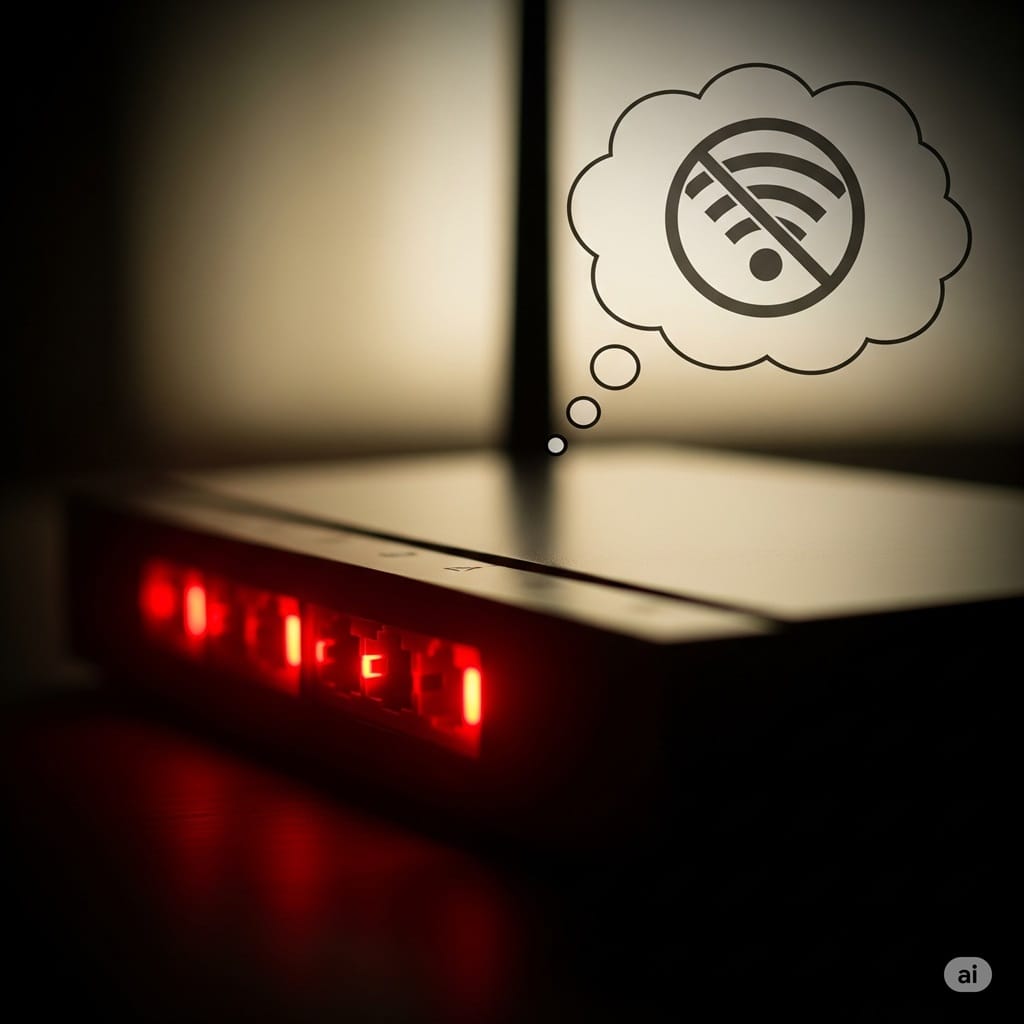Having slow internet can turn the simplest online task into a frustrating experience. Whether you’re working from home, binge-watching a series, or gaming online, lag and buffering can kill productivity and mood. Fortunately, many causes of a sluggish connection can be identified—and even fixed—without calling your internet provider.
Let’s explore the most common reasons behind slow internet speeds and what you can do about them.
1. Why is my internet so slow?
1.1 Too many devices connected
One of the most common causes of a slow connection is overcrowding. If your router is serving multiple devices—smart TVs, tablets, security cameras, gaming consoles, and phones—all at once, the bandwidth gets divided. The more devices connected, the slower the speed for each one.
1.2 Outdated router or modem
Technology moves fast. If you’re using a router or modem that’s more than 5 years old, chances are it’s not optimized for modern internet speeds or multiple device management. Older models may also lack support for the latest WiFi standards like WiFi 5 or WiFi 6.
1.3 Peak hours and ISP throttling
Sometimes, your internet service provider (ISP) slows down your connection intentionally during peak usage hours to balance the network. This is known as throttling. It usually happens during evenings when everyone is streaming or gaming.
1.4 Malware or background apps
Viruses and background applications can silently eat up your bandwidth. Automatic software updates, cloud backups, or hidden malware can cause your internet to crawl without you even noticing.
2. Solutions to fix slow internet
2.1 Reduce the number of connected devices
Disconnect unused devices from your WiFi. You can also prioritize devices via your router settings (called QoS or Quality of Service) to ensure your main gadgets get the best speeds.
2.2 Restart or upgrade your router
Restarting your router can clear cache and refresh your connection. If slow speeds persist, consider upgrading to a newer router that supports dual-band or tri-band WiFi and higher data rates.
2.3 Run a malware scan
Use antivirus or anti-malware software to check for unwanted programs that may be hijacking your bandwidth. Clean your system regularly to ensure optimal performance.
2.4 Switch to a wired connection
WiFi is convenient but not always stable. If possible, plug directly into your modem or router with an Ethernet cable. Wired connections provide faster, more reliable speeds—especially for gaming or large file uploads.
2.5 Talk to your ISP
If you’ve done everything and your internet is still crawling, it might be time to call your ISP. Ask if your area is experiencing issues or if your current plan still meets your usage needs. In some cases, upgrading to a faster plan might be the only long-term solution.
3. Final thoughts: Speeding up your connection starts at home
Slow internet is often more of a local issue than a global one. Before blaming your provider or switching plans, it’s worth checking what’s happening within your own network setup. From outdated hardware to bandwidth-hungry devices, your home network may be overdue for a little tuning up.
Regular maintenance, smart upgrades, and staying informed can keep your connection fast, secure, and frustration-free.

Leave a Reply